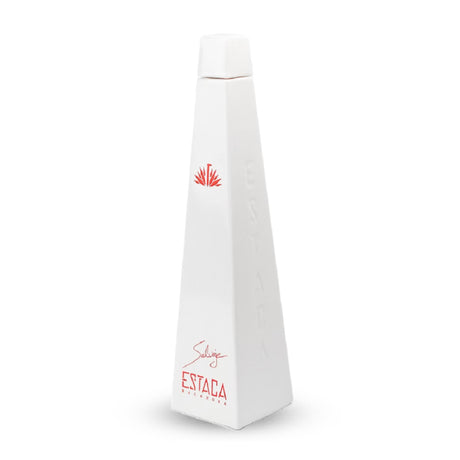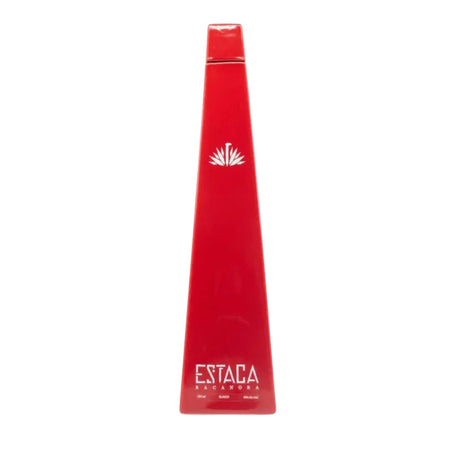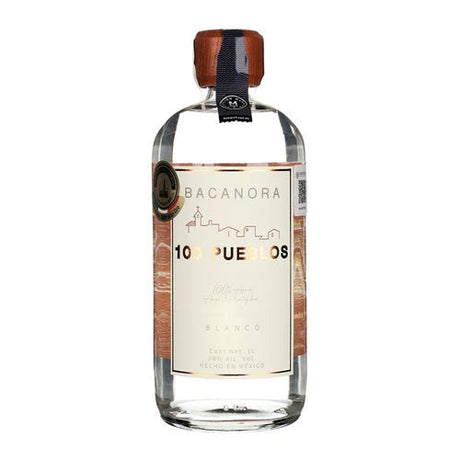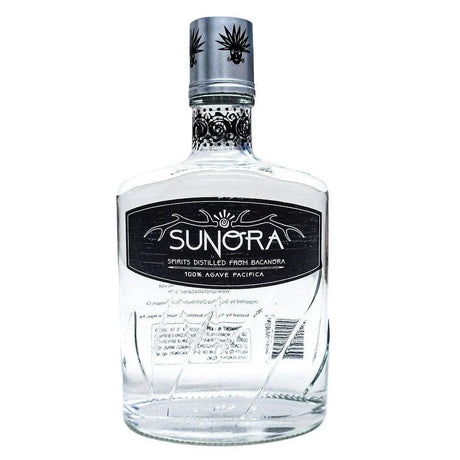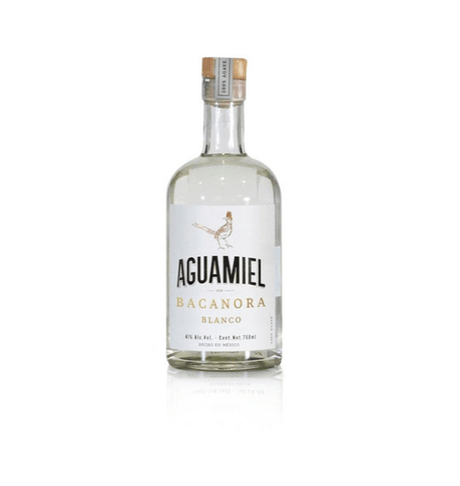A drink with history and indigenous roots
Bacanora is much more than a drink; it's a liquid history that reflects the culture, tradition, and indomitable spirit of northern Mexico. Originating in the Sonora mountains, this artisanal spirit has become a symbol of regional identity and a worthy contender in the world of Mexican spirits.
In this article, you'll learn about the history of bacanora, its artisanal production process, its unique flavors, ways to enjoy it, comparisons with other spirits, and the trends that are bringing it to the international stage.
Origin and history of bacanora
The bacanora plant originates in the mountains of Sonora, in a rugged territory where the agave angustifolia haw grows wild. The region's indigenous peoples, such as the Opata, Yaqui, Mayo, and Pima, already used agave in rituals and as food long before the arrival of the Spanish. Agave Harvest
With colonization, distillation techniques were introduced, giving rise to what we know today as bacanora. For more than three centuries, this drink was produced clandestinely. In 1915, the Sonora government banned its production, even punishing those who made it with imprisonment. However, local families kept the tradition alive in secret until the ban was lifted in 1992.
Today, bacanora has a Designation of Origin, which means it can only be produced in 35 municipalities in Sonora to be officially recognized as such.
The artisanal production process
The magic of bacanora lies in its artisanal process, passed down from generation to generation.
-
Agave harvest
Agave angustifolia plants take between 6 and 10 years to mature. Once ready, the leaves are cut and the pineapple, the heart that concentrates the sugars, is removed. -
Traditional cooking
The pineapples are cooked in earthen ovens with hot stones and firewood. This slow process gives bacanora its smoky and mineral notes. -
Grinding and fermentation
After cooking, the pineapples are ground to release their juices. The must ferments in wooden vats or steel containers, utilizing natural yeasts. -
Distillation
It's made in copper or stainless steel stills. The master distiller selects the "heart" of the distillate, which will be bottled as bacanora. -
Classification
-
Bacanora Blanco: bottled directly after distillation.
-
Bacanora Reposado: aged for at least 3 months in barrels.
-
Bacanora Añejo: aged 12 months or more, with more complex notes.
-
Sensory profile of bacanora
Bacanora offers a unique sensory experience:
-
Aromas: herbal, citrus, mineral and slightly smoky.
-
Flavor: a mix of sweet and fruity notes, with earthy and spicy nuances.
-
Texture: light to medium, depending on ripening time.
-
Finish: persistent and clean, leaving a warm feeling.
Each bottle reflects the Sonoran terroir, with arid soils and desert climate that give the beverage a special character.
Pairings and ways to enjoy bacanora
Bacanora can be enjoyed on its own, in cocktails, or paired with food. Here are some recommendations:
-
Straight: Served in a tequila or mezcal glass, at room temperature to appreciate its aromas.
-
On the rocks: with ice to soften its intensity.
-
Pairings:
-
Sonoran-style grilled meats
-
Game dishes or cuts of beef
-
Fish and seafood with citrus sauces
-
Chocolates with a high percentage of cocoa
-
Cocktails with bacanora
-
Bacanora Sour: bacanora, lemon juice, simple syrup and egg white.
-
Sonoran Paloma: bacanora, grapefruit juice, soda and worm salt.
-
Bacanora Margarita: A fresh twist on the classic margarita with a smoky touch.
Bacanora vs. other Mexican spirits
Bacanora shares roots with other spirits such as mezcal, tequila, raicilla, and sotol, but has its own characteristics:
| Distilled | Region | Base plant | Profile |
|---|---|---|---|
| Bacanora | Sonora | Agave angustifolia | Herbal, mineral, light smoky |
| Mezcal | Oaxaca and other states | Various species of agave | Intense, very smoky |
| Tequila | Jalisco | Agave tequilana (blue) | Sweet, citrusy, softer |
| Sotol | Chihuahua, Durango, Coahuila | Dasylirion | Herbal, dry, spicy |
| Raicilla | Jalisco, Nayarit | Different wild agaves | Fruity, floral, varied |
Current market and trends
Bacanora has gone from underground to international recognition:
-
In recent years, its production has increased by more than 300% thanks to national and international interest.
-
It is mainly exported to the United States and Europe, where consumers seek artisanal beverages with a history.
-
More and more cocktail bars are including it on their menus, boosting its popularity in urban and sophisticated settings.
-
The Sonora government and producer associations are working on campaigns to promote bacanora as a cultural and economic heritage.
Recognized producers and brands
In Sonora, there are several producers that make high-quality artisanal bacanora. Among them are some of the brands that are already part of the Bacanora catalog. where you can find options for all tastes.
Bacanora is a drink that tells stories: of resilience, tradition, and Sonoran pride. Its flavor reflects the harshness of the desert and the creativity of the producers who have kept it alive over the centuries.
Today, with its Designation of Origin and growing international recognition, Bacanora is emerging as one of the most promising Mexican spirits.
Discover our selection of Bacanora and bring home a taste of bottled Sonora.
(FAQs)
What is the difference between bacanora and mezcal?
Although they share methods, bacanora can only be produced in Sonora and with agave angustifolia.
Does bacanora have a Designation of Origin?
Yes, since 2000 it has had a DO that protects its authenticity.
How should bacanora be taken?
It's best enjoyed neat, at room temperature, to fully appreciate its flavor. It's also enjoyed in fresh, creative cocktails.
Where can I buy bacanora?
In our Bacanora online store, you'll find various labels available with shipping throughout Mexico.

